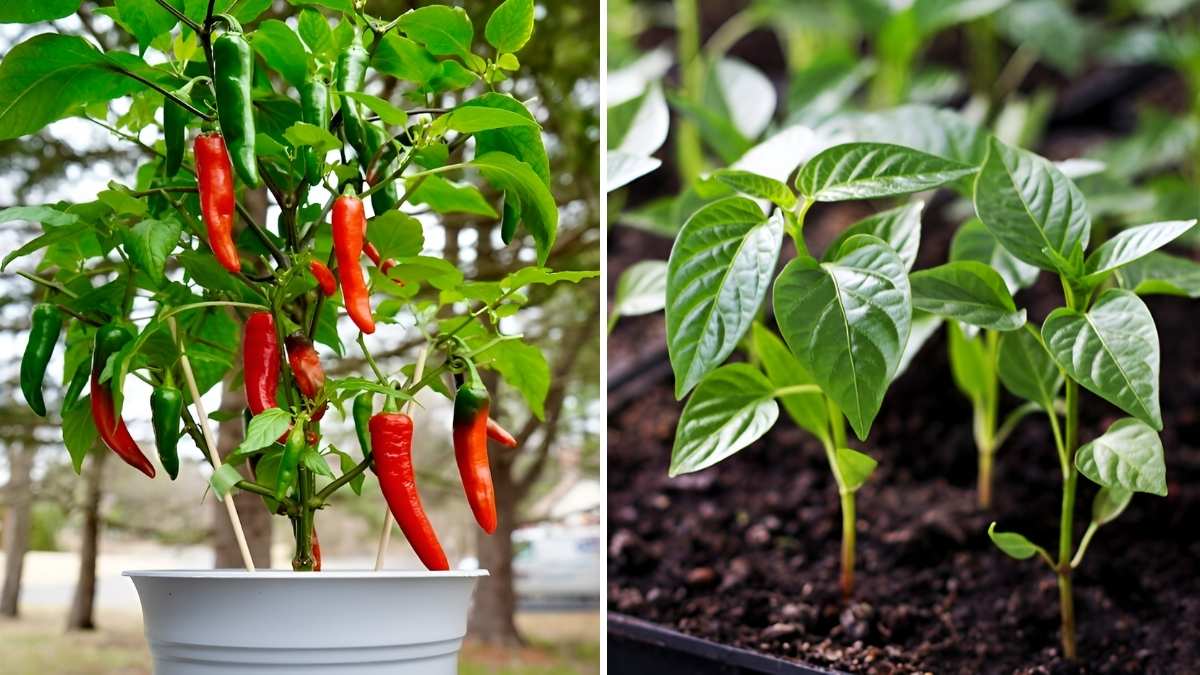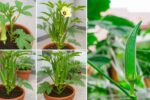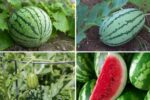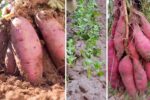Growing peppers in pots is an excellent option for those with limited space or for gardeners looking to have a mobile garden. Whether you’re an urban gardener or simply don’t have a traditional garden, growing peppers in containers can yield beautiful, flavorful results. Follow these simple tips to grow peppers like a pro and enjoy fresh, homegrown peppers all season long.
Why Grow Peppers in Pots?
Growing peppers in pots offers many benefits. First, pots allow you to control the environment around your plants more easily. You can move the pots to areas with the best sunlight, protect them from extreme weather, and even bring them indoors during colder months. Containers also help manage soil quality and drainage, which is crucial for pepper plants.
Peppers thrive in well-drained soil, and a pot ensures they get the best conditions. Growing in containers also helps avoid common ground-based pests, such as root rot or soil-borne diseases. Plus, potted peppers can be conveniently placed on balconies, patios, or windowsills, making them ideal for small spaces.
1. Choose the Right Pot
The first step to growing healthy peppers in pots is selecting the right container. Peppers have deep roots, so the pot should be at least 12 inches deep. A pot that is 18-24 inches wide will give the plant plenty of space to spread out. Look for containers with drainage holes to avoid waterlogging the soil, which can harm the roots.
Terracotta or clay pots are great for peppers because they allow the soil to breathe, but plastic pots are lighter and easier to move. Consider your space and your ability to move the pots when choosing the material.
2. Pick the Right Pepper Variety
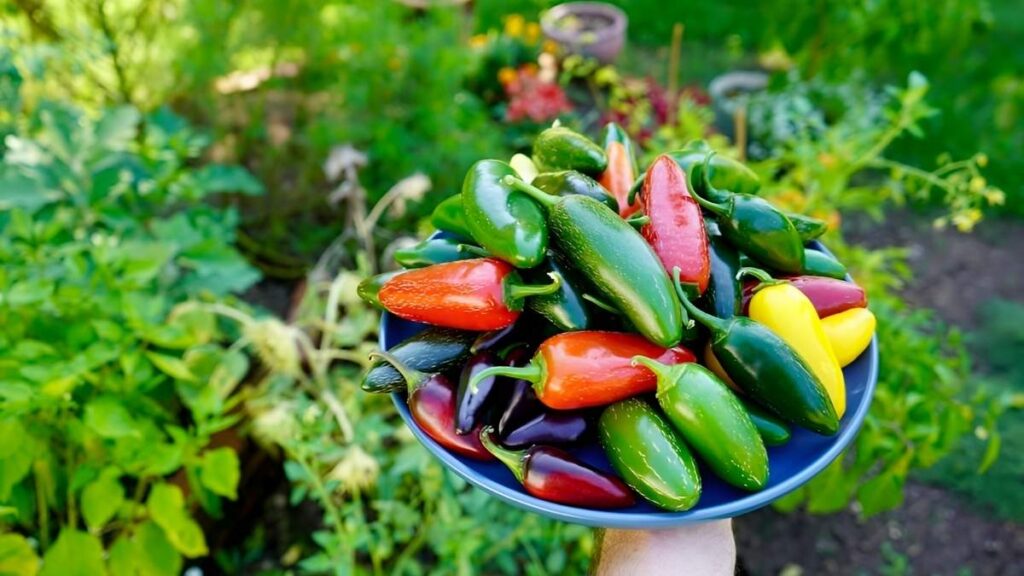
Not all pepper varieties are suited for container growth. Smaller varieties like bell peppers, chili peppers, or hot peppers are usually ideal for pots. Larger varieties may require more space and deeper containers, but they can still thrive with proper care. When choosing a pepper variety, check the plant’s growth habits and ensure that the pot you choose will accommodate it comfortably.
3. Use High-Quality Potting Soil
The soil you use plays a big role in the success of your pepper plant. Avoid using garden soil, as it can compact in pots and limit root growth. Instead, use a high-quality, well-draining potting mix that is designed for container plants. Look for a soil mix that contains organic matter such as compost or peat, which helps retain moisture while also draining well.
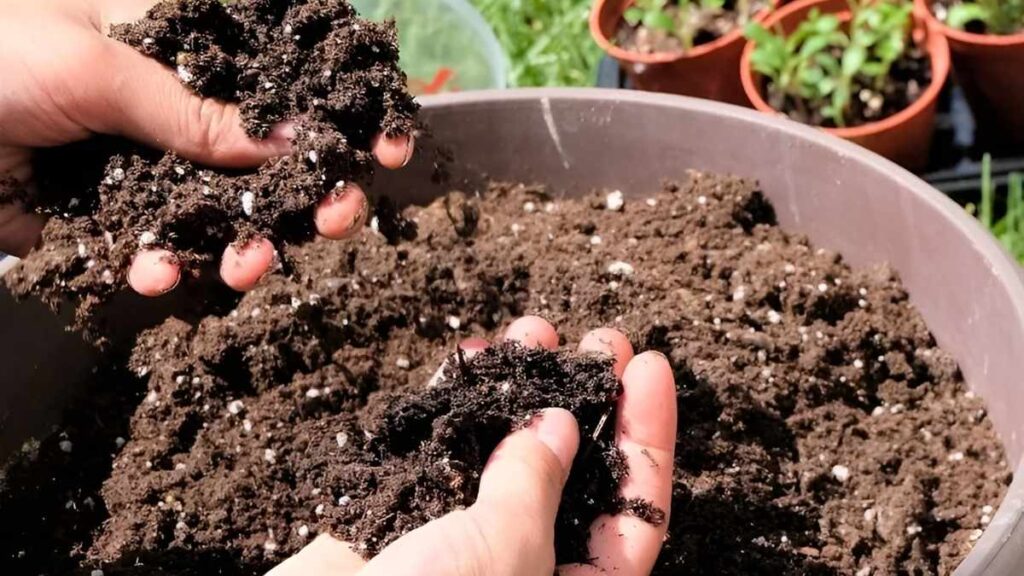
Adding perlite or vermiculite to the potting mix can improve drainage, which is essential for peppers to grow healthy and strong. A loose, aerated soil mix will allow the roots to spread easily and access the necessary nutrients.
4. Provide Ample Sunlight
Peppers are sun-loving plants, and they need a lot of light to grow and produce fruit. Ideally, your pepper plant should receive at least 6-8 hours of direct sunlight each day. If you’re growing peppers on a balcony or windowsill, choose a spot that faces south or west to get the most sunlight.
If you live in an area with short days or cloudy weather, consider using grow lights to supplement natural sunlight. This will ensure your pepper plant gets the energy it needs to thrive.
5. Water Properly
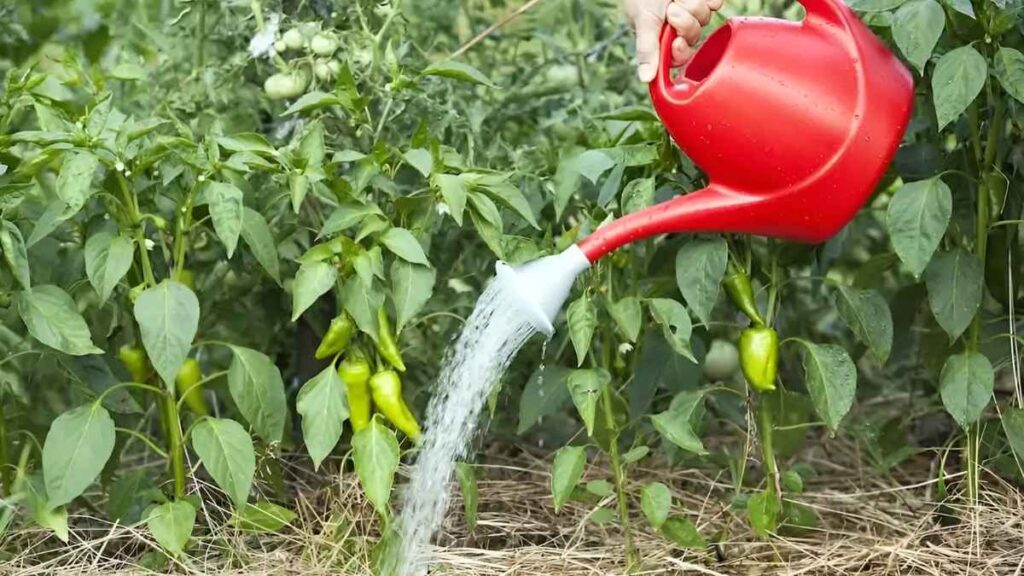
Peppers like consistent moisture, but they don’t do well with soggy roots. Water your pepper plants deeply but allow the soil to dry out slightly between waterings. When you water, make sure the water reaches the bottom of the pot, so the roots can absorb it properly.
In hot weather, you may need to water more frequently, especially if the pot is in direct sunlight. Check the moisture level by sticking your finger into the soil. If it feels dry a couple of inches down, it’s time to water. Be careful not to overwater, as this can lead to root rot.
6. Fertilize Regularly
Pepper plants are heavy feeders, meaning they need regular nutrition to grow strong and produce fruit. Use a balanced fertilizer that’s rich in potassium and phosphorus, as these nutrients help peppers develop better fruit. Organic options, such as compost or liquid seaweed fertilizer, can also work well.
Fertilize your peppers every two weeks during the growing season, or follow the instructions on your specific fertilizer. Be sure not to over-fertilize, as this can lead to excessive leaf growth at the expense of fruit production.
7. Prune and Train Your Plants
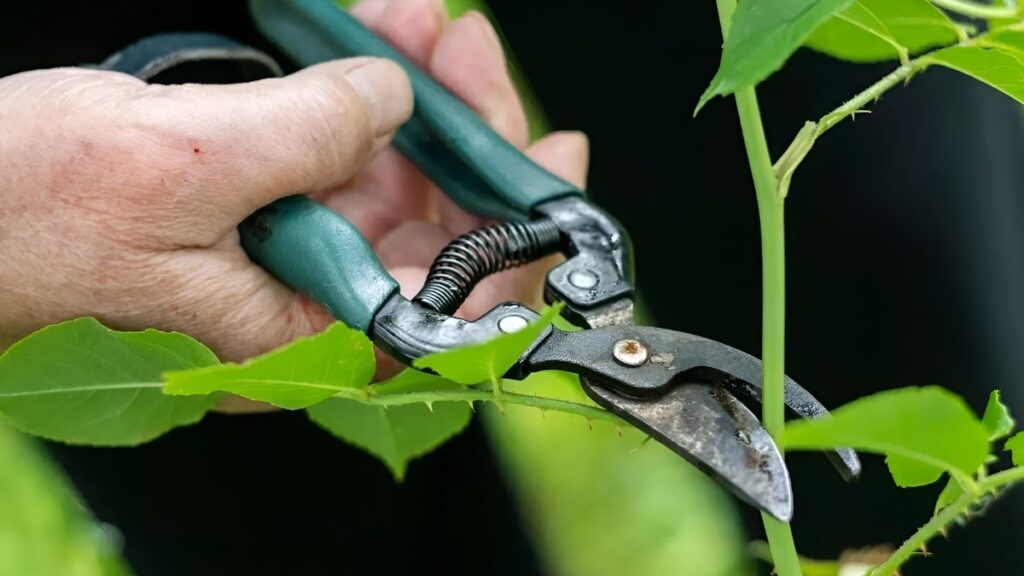
Pruning is an important step in growing peppers, as it helps the plant focus its energy on producing fruit rather than excessive foliage. As the plant grows, remove any dead or damaged leaves. You can also pinch back the main stem to encourage bushier growth and more peppers.
If your pepper plant is tall or sprawling, you may want to stake it or use a trellis to keep it upright and prevent it from falling over. This is particularly important for pepper varieties that grow tall, such as bell peppers.
8. Ensure Proper Drainage
One of the most common mistakes when growing peppers in pots is poor drainage. Peppers don’t like sitting in waterlogged soil, as it can cause the roots to rot. Ensure that your pot has enough drainage holes, and consider placing a layer of gravel or broken pottery at the bottom of the pot to help water flow through more easily.
It’s also a good idea to elevate the pot slightly off the ground using pot feet or a small stand. This allows excess water to drain away and prevents the pot from sitting in standing water.
9. Protect from Pests
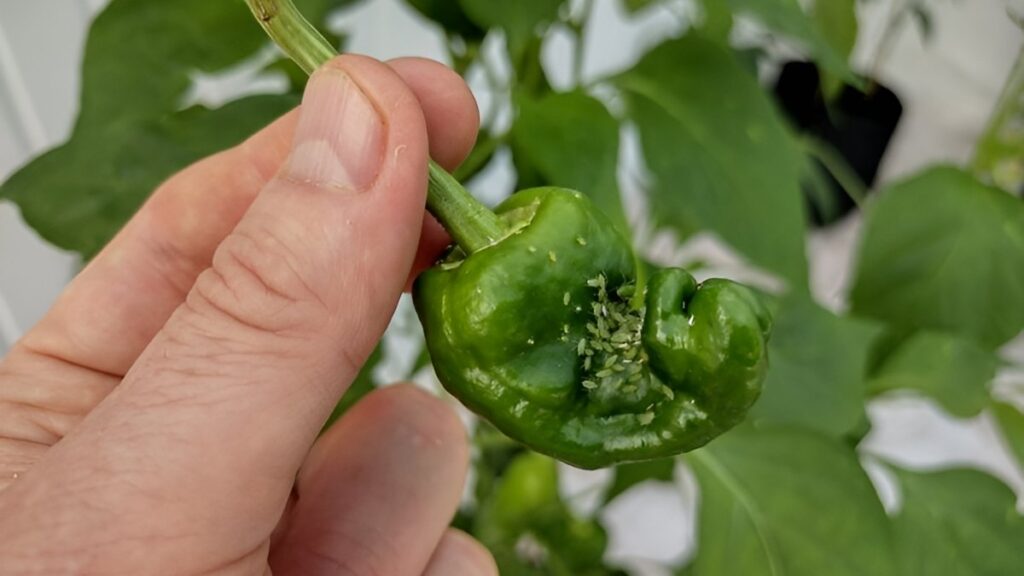
Even though peppers grown in pots are less prone to pests than those grown directly in the ground, it’s still important to monitor your plants for insects. Common pests include aphids, spider mites, and whiteflies. If you spot pests, try using a gentle insecticidal soap or a mixture of water and dish soap to wash them off.
You can also attract beneficial insects like ladybugs, which help control aphids and other pests naturally. If pests become a significant problem, consider moving the pot to a different location to disrupt the pest’s lifecycle.
10. Harvest at the Right Time
Knowing when to harvest your peppers is crucial to getting the best flavor. Peppers usually change color as they ripen, transitioning from green to yellow, red, or even purple, depending on the variety. Harvest peppers when they have reached their full color and are firm to the touch.
Use a sharp knife or scissors to cut the pepper off the plant, leaving a small stem attached. Don’t pull peppers off, as this can damage the plant.
Growing peppers in pots is a rewarding and easy way to enjoy fresh, homegrown produce. By following these simple tips, you’ll be able to grow vibrant, healthy peppers that will thrive in any space. Whether you’re an experienced gardener or just getting started, growing peppers in pots is an accessible and enjoyable way to bring more flavor into your life.

